The moon has been a close moon of the Earth for billions of years. But will this good-neighborliness be eternal? What can happen in the future, can the Moon really fall to Earth?
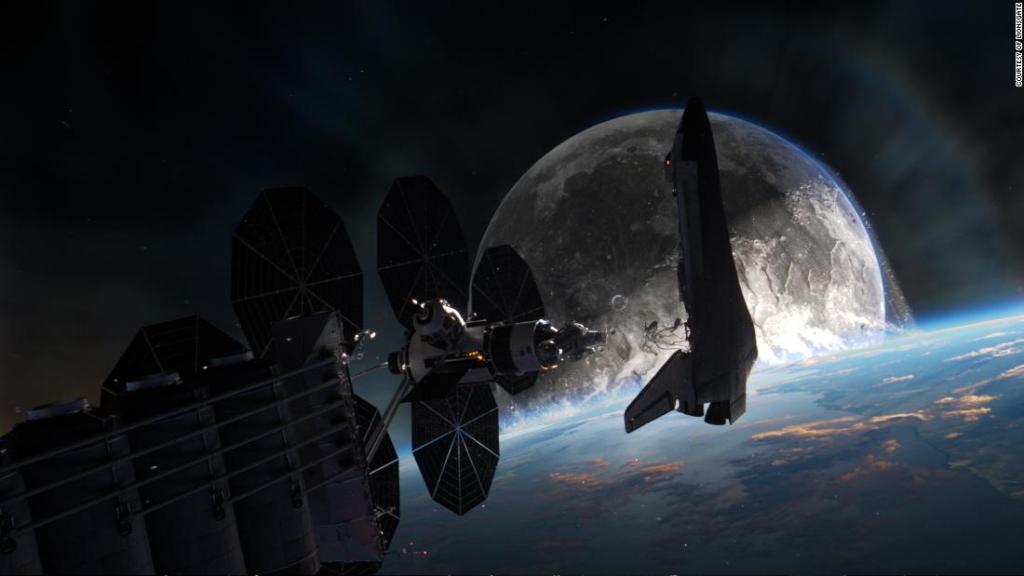
This is the question that the screenwriters of the fantastic film “Moonfall” from the studio Lionsgate reveal. The film will be released in Ukraine on February 17, 2022. (Spoilers ahead, beware!) In the story, a mysterious force shifts the Moon from its orbit and pushes it into a collision with the Earth. Humanity is facing an imminent catastrophe of a planetary scale. The heroes of the film are desperately fighting to save the planet. As the story progresses, they would find out that our natural moon turned out to be not so natural anymore.
Science fiction and Reality
In science fiction, there are often stories that the Moon is artificial. Allegedly, an ancient alien civilization built it billions of years ago. The same idea is exploited by the film “Moonfall”.
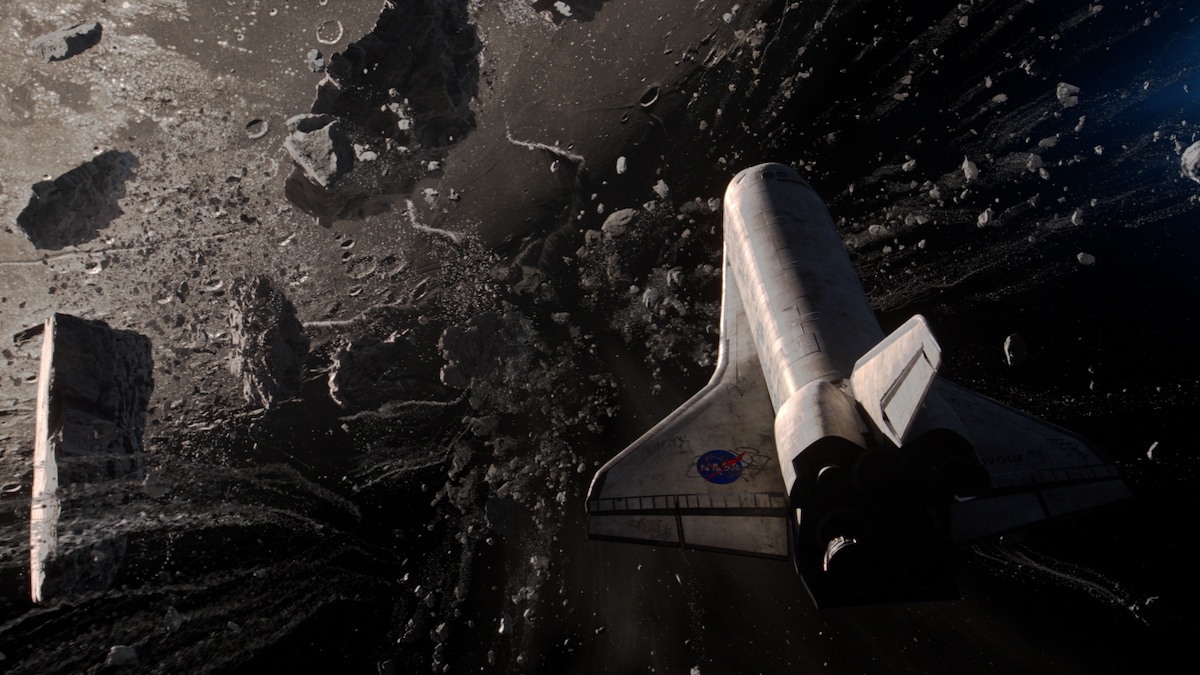
Let’s imagine if there is an object in space that could really push the Moon out of its orbit? What force can make our natural moon descend from its established orbit and direct it to Earth?
How the Moon formed
The Moon is located at a distance of about 385 thousand kilometers from Earth. Its mass is 80 times smaller than our planet. It is a solid rocky body, devoid of atmosphere and magnetic field.
The Moon formed at about the same time as the Earth – about 4.5 billion years ago. A widespread hypothesis suggested that our moon emerged from rocky debris after a massive collision of the young Earth with a smaller protoplanet – a hypothetical object called Theia. Another collision hypothesis suggested that both the Moon and the Earth were formed as a result of the collision of two bodies, each of which was five times larger than Mars, according to NASA.
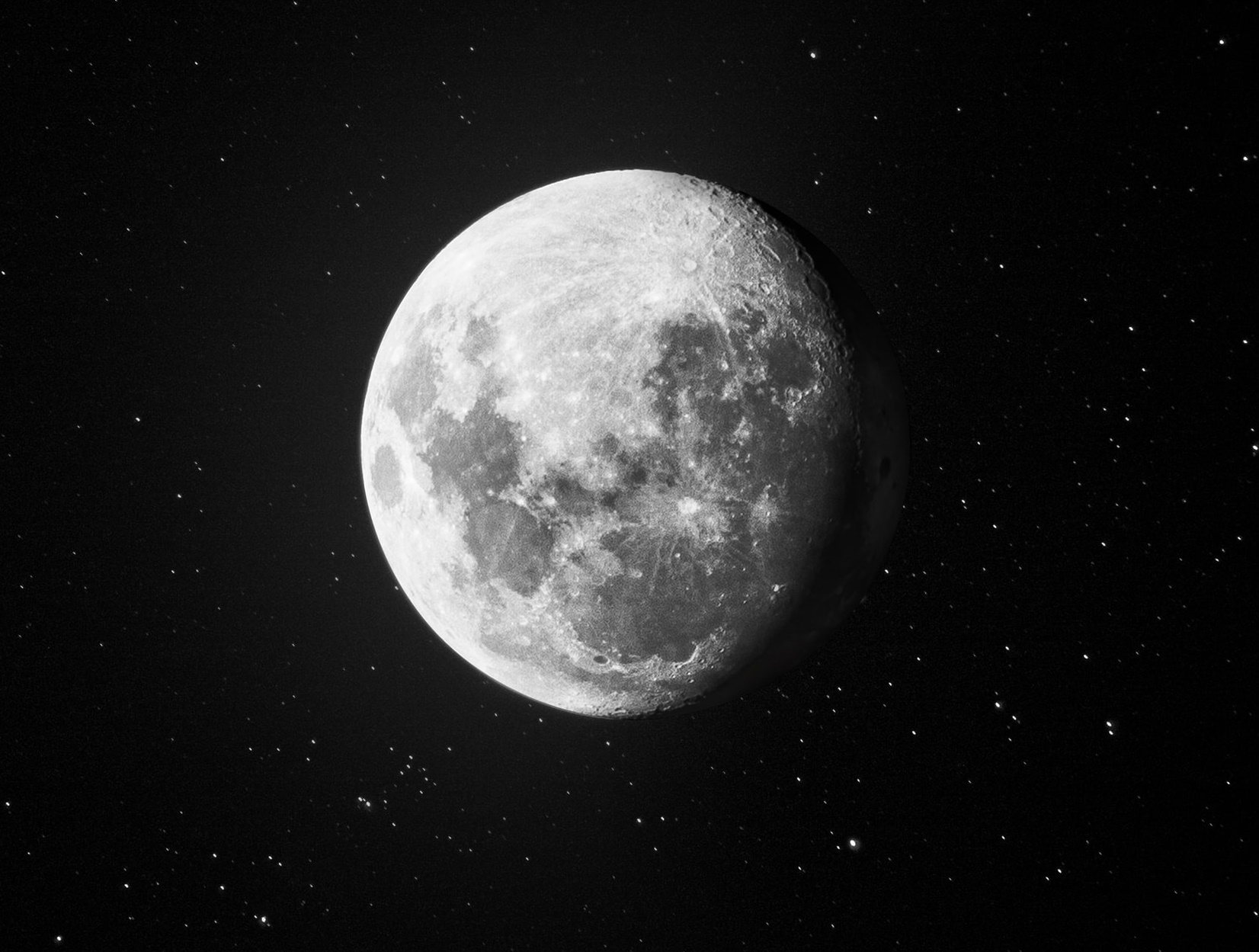
Photographs of the Moon’s surface show that its surface is dotted with craters of different sizes. But most of them were created billions of years ago, when much more “garbage” swept through the Solar System. Most of the large rocky debris that once filled the Solar System has long been absorbed by planets or simply dispersed.
“Therefore, the number of collisions has now significantly decreased. There is much less large material that could hit the Earth or the Moon,” explains Paul Hodas, manager of the Center for the Study of Near-Earth Objects (CNEOS) of NASA’s Jet Propulsion Laboratory at the California Institute of Technology in Pasadena, California.
Threat of collision
CNEOS continuously identifies and tracks near-Earth objects such as asteroids and comets. The system determines whether they pose a threat to the Earth, the Moon, or our other cosmic neighbors. To date, CNEOS tracks about 28 thousand similar objects that approach the Earth within 1.3 astronomical units or 194.5 million km.
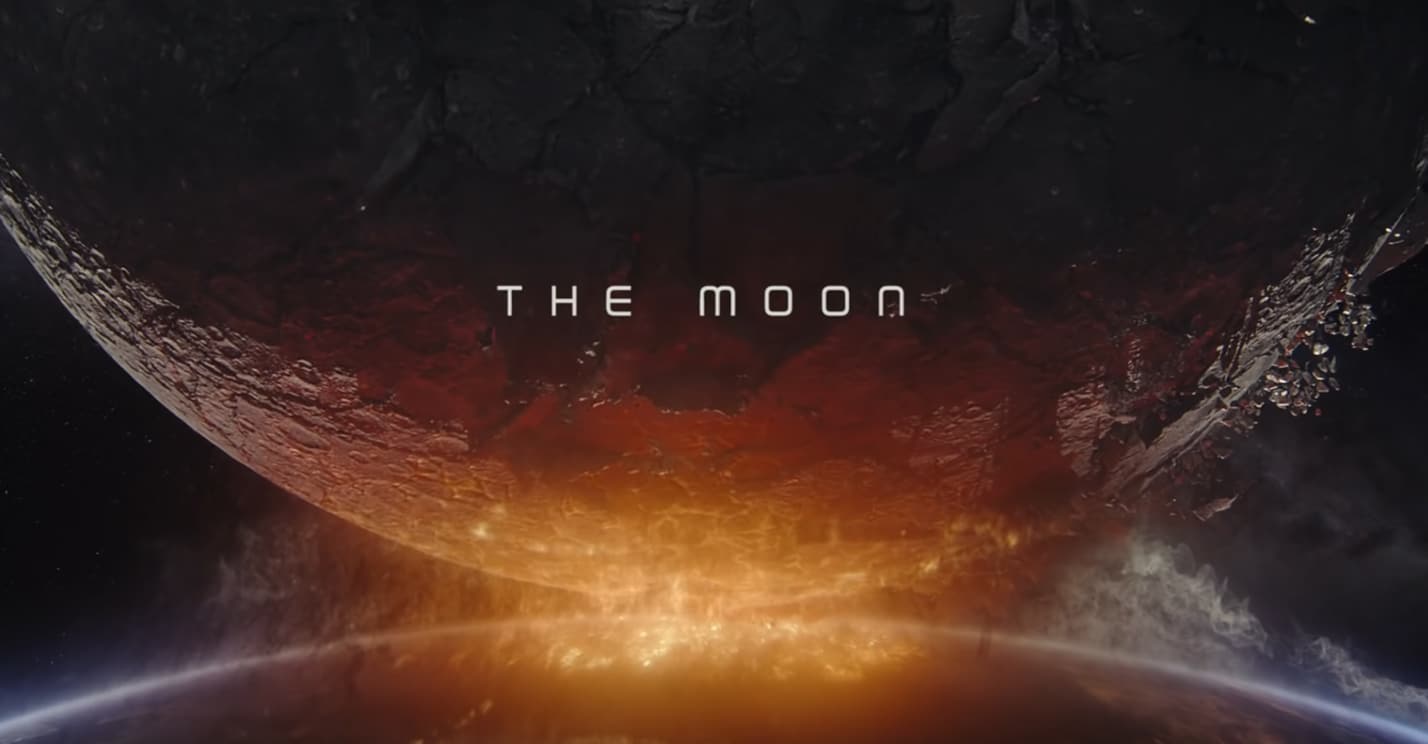
According to Paul Hodas, asteroid collisions with the Moon are much less likely than collisions with the Earth. That’s because our planet is a more massive target with a stronger gravity. A hypothetical dangerous space rock will be attracted to the Earth, not to the Moon.
Size matters
Size also matters when scientists consider the risk associated with a flying asteroid. According to NASA, in order for a near-Earth object to be considered a threat to Earth, its diameter must be at least 140 meters. But in order for an asteroid to affect the orbit of the Moon, it must be no smaller than the Moon itself.
“The Moon is big. In order to somehow influence it, the asteroid must be truly huge, at least 2-3 thousand kilometers in diameter. Moreover, in order to shift the Moon from orbit, the asteroid must collide with it at high speed,” explains Paul Hodas.
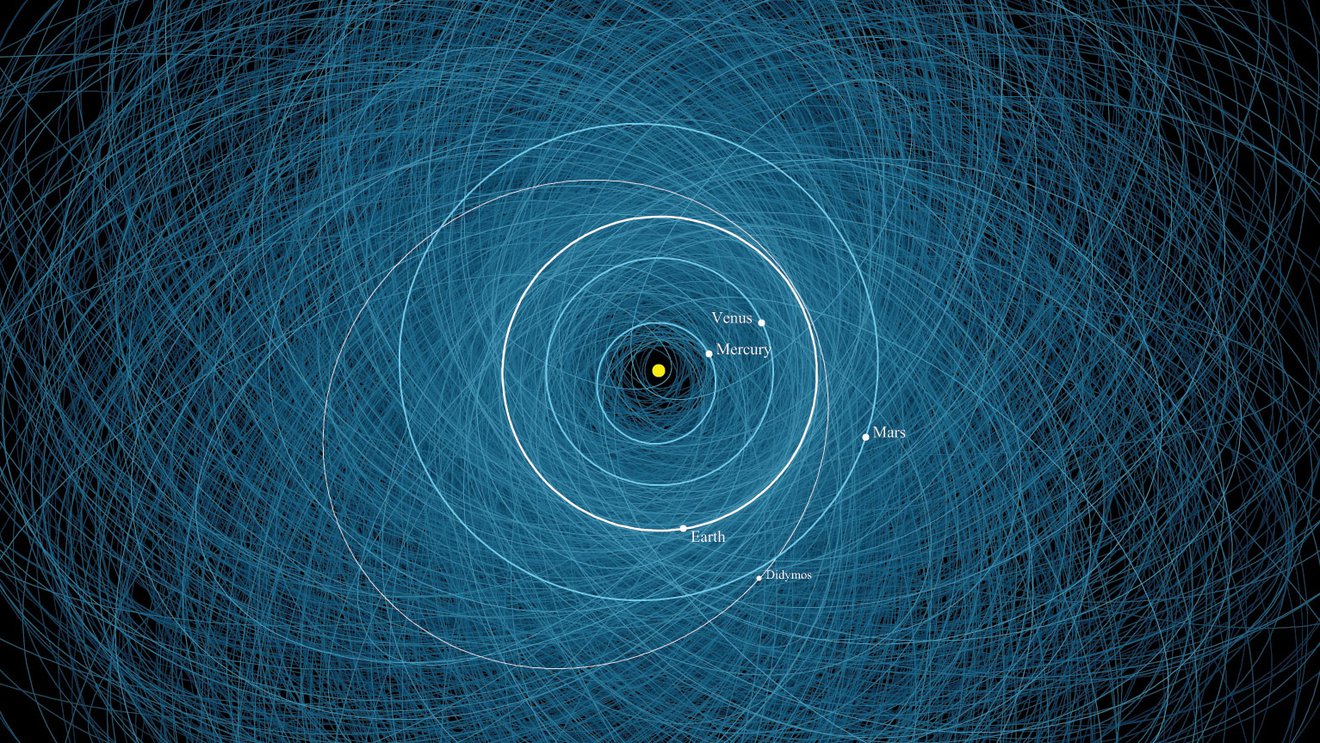
Fortunately for us and for the Moon, none of the known asteroids in the Solar System is even close to the size of the Moon. According to NASA, the largest known asteroid Ceres is about 70 times smaller than the mass of the Moon and orbits between Mars and Jupiter at a distance of about 263 million kilometers from Earth.
What will happen to the Moon in the future?
According to NASA, the Moon moves away from the Earth annually by about 4 cm. The Moon’s distance from the Earth is a consequence of tidal acceleration. The Earth rotates around its axis with a period of a day, whereas the Moon orbits the Earth with a period of 27.3 days. As a result, the gravitational field of the Earth pushes the Moon – this energy accelerates it a little, raising its orbit.
Taking away the energy of the Earth’s rotation to lift its orbit, the Moon at the same time slows down the rotation of the Earth. Because of this, the Earth slows down its rotation around its axis, and the geostationary orbit of our planet rises. The Moon will eventually move even further away, but will remain gravitationally bound to our planet – as a result, it will be in geostationary orbit. There will be a phenomenon of complete synchronization, in which the Moon and the Earth will “look” at each other with only one side. This is a steady state and it will last for billions of years.
Follow us on Twitter to get the most interesting space news in time
https://twitter.com/ust_magazine
